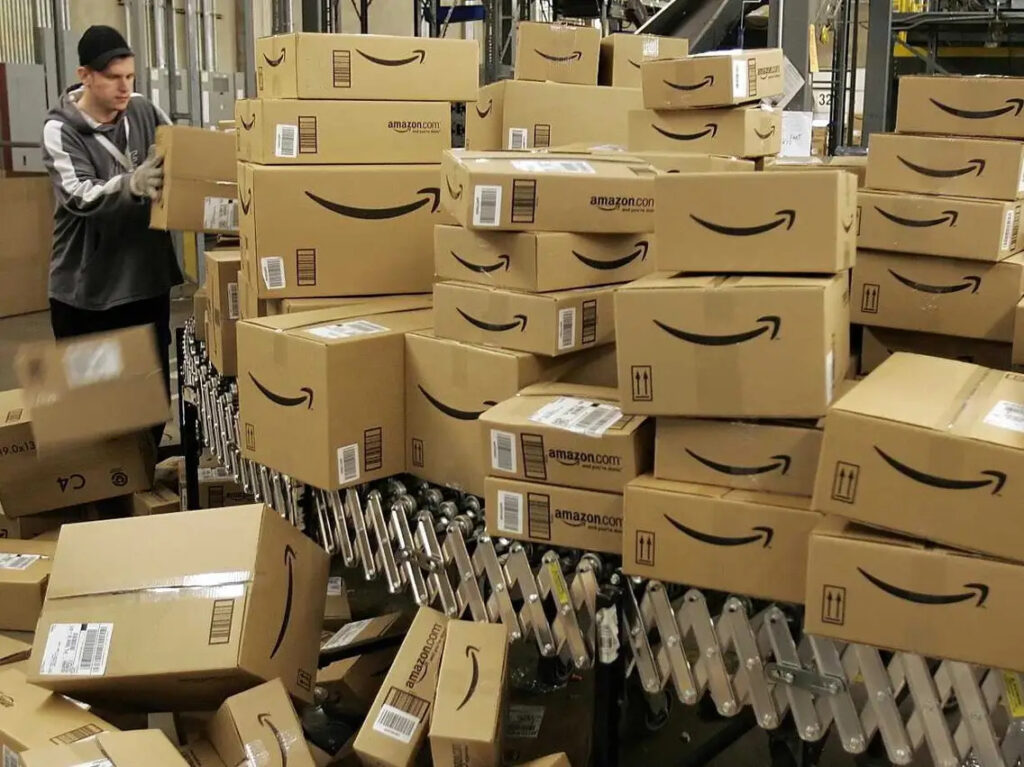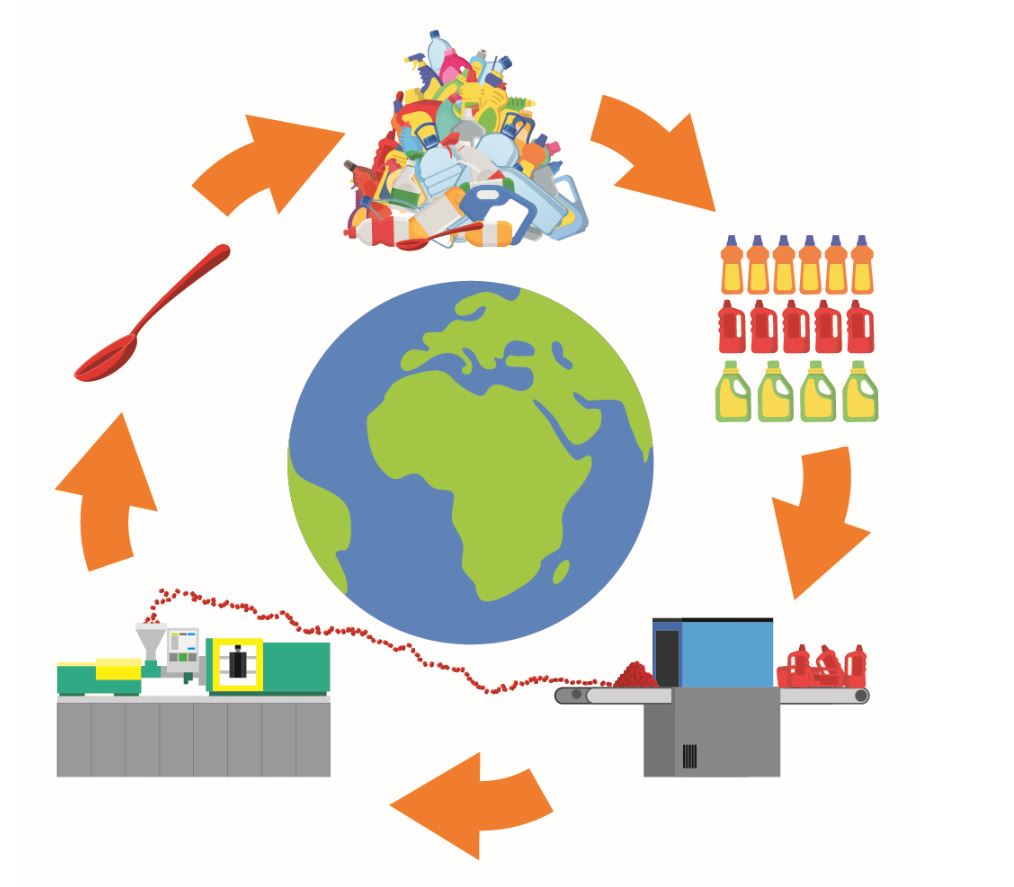Amazon has a pretty generous return policy. The company allows its customers to return orders within 30 days of receiving it. But what happens to Amazon returns? Let’s see!
What is Amazon’s return policy?
Amazon wants customers to be completely satisfied with their purchase. That’s why they provide comprehensive product information, including photos, videos, and customer reviews. This will help customers make more informed purchasing decisions.
However, if a customer is not satisfied with their purchase, then Amazon offers a hassle-free return process.
The company allows its customers to return orders within 30 days of receipt; and if they have not been unpacked, then customers receive a full refund within two to three weeks.
So what happens to Amazon returns??
Returned items go through a rigorous inspection process and if the product meets our high quality standards, the item is marked as “new” and re-listed.
Most returned products meet this bar and are going back to their digital shelves for other customers.
If a product does not meet Amazon standards and does not fit the “new” label, it will undergo additional testing and, depending on its condition, may be:
- resold as BU via Amazon warehouse
- sold to liquidators
- returned to supplier
- donated to charity.
In the meantime, in 2021, customers in Europe purchased over 14 million items from Amazon Warehouse (UK, Germany, France, Italy, Spain) and Amazon and their channel partners donated over 13 million items, including technology, appliances and clothing, to charity throughout Europe.

The company’s channel partners can also offer second-hand items to customers through Amazon Renewed (UK, Germany, France, Italy, Spain) or FBA Grade and Resell.
The environmental impact of Amazon returns
Returning goods is now a fairly easy and fast process. But there’s also a darker side to the record number of returns flooding warehouses after the holidays.
“From all those returns, there’s now nearly 6 billion pounds of landfill waste generated a year and 16 million metric tons of carbon dioxide emissions as well,” said Tobin Moore, CEO of returns solution provider Optoro. “That’s the equivalent of the waste produced by 3.3 million Americans in a year.”
Besides, Moore added that online purchases are returned at least three times more often than in-store items. A record $761 billion worth of merchandise returns in 2021, according to a new report from the National Retail Federation, is estimated.
Amazon, in turn, is under increasing criticism for destroying millions of products. However, the e-commerce giant says it’s “working toward a goal of zero product disposal.” Last year, the company launched new programs to give these sellers new opportunities to resell returns or auction them off in the liquidation market.
But what about Amazon returns? Maybe…disposal?
Yet, recycling is an all-too-frequent fate of returns for many of the largest online retailers.
Amazon noted that it only considers recycling and energy recovery after all of the above options have been exhausted.

Meanwhile, if recycling is not possible—for hygiene reasons, for example, or because the product is too badly damaged—the company will send the product to energy recovery, which will turn the products into usable energy sources.
Energy recovery is the last resort both from an ecological and economic point of view.
“We are committed to reducing returns by helping customers make more informed shopping decisions, reselling or donating products wherever possible, and disposing of as few products as possible.
This is in line with our commitment to The Climate Pledge, to be net-zero carbon by 2040,” the company said in a statement.
How to help with returns on Amazon? Liquidate them?
According to recent reports from Yahoo Finance and The Atlantic, many of these returned items end up being sold in liquidation. Warehouse liquidation is an old sales process where warehouse owners basically throw open their doors and sell products at minimal discounts. Now this process is digital.
Amazon sells returned inventory to e-commerce liquidation websites such as Liquidation.com and Direct Liquidation. These sites sell them to just about anyone who buys them, from rushing e-commerce entrepreneurs who think they can buy low and sell high to treasure hunters hoping for one great find.
How is the liquidation process going?
According to a Yahoo Finance report, online stores’ return rates can be as high as 30 percent. For clothing, this figure can reach as much as 40 percent.
Liquidity Services, one of the liquidation companies that Amazon sells to, sold a total of $626.4 million in its last fiscal year, according to The Atlantic. The company spent just $33.7 million on Amazon’s liquidation inventory. They have almost 3.4 million registered buyers.
These numbers indicate that Amazon is clearing billions of dollars of inventory each year. This means that Amazon is making enough sales to make a solid profit, even with those returns.
Amazon has succeeded in part because it works at scale. The extremely profitable parts of her business can subsidize the more expensive parts, such as shipping. And that’s why Amazon is Amazon, and many other online sellers are still trying to carve their niches outside of it.
How often do you return items? Waiting for your stories below!
Yours, Amaz.Markets
0



